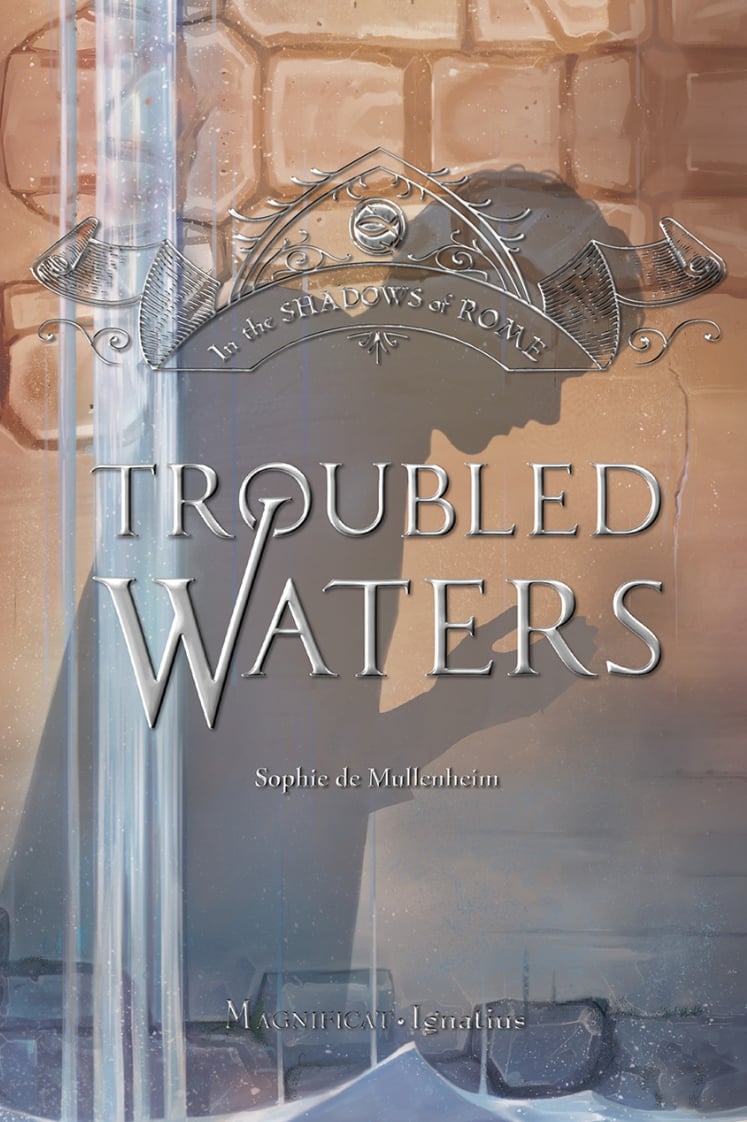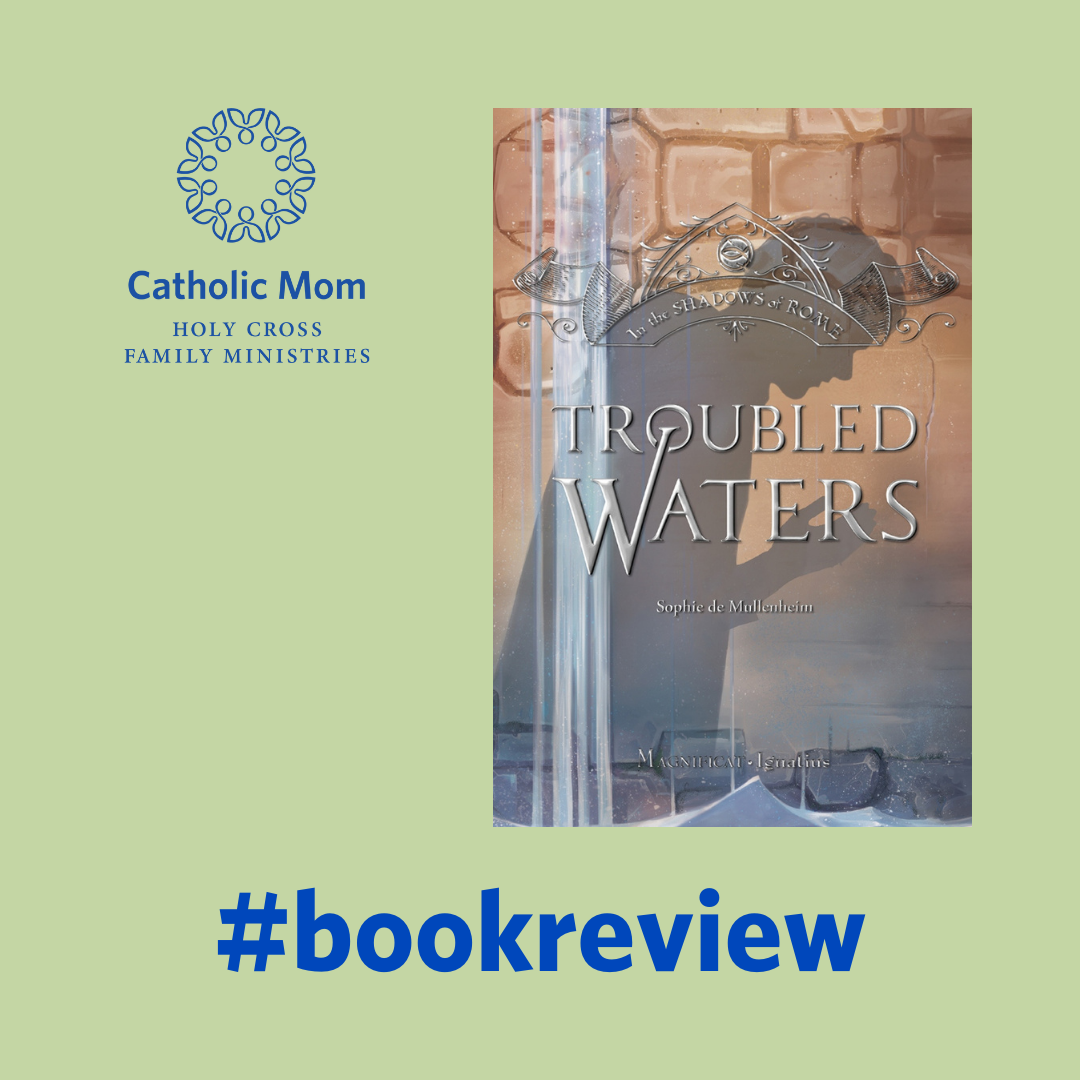
Laurie J. Schmitt reviews the fourth book in Sophie de Mulleheim's Shadows of Rome adventure series for readers 9 and up.
Great historical fiction is a vital supplement for rounding out a child’s education. For one, it gets the reader’s head in the story. Kids learn the facts surrounding a specific time or event including the political atmosphere, cultural environment, geographical scenery and other necessary details. Perhaps more important than this, a great read draws the child's heart into the story. Like a best friend, the young reader is invited by the characters to experience the historical events along with them as the drama unfolds.
When the reader becomes a part of the action, his involvement moves away from the general historical setting and becomes more personal. He starts by asking questions about the character's motivation, of how and why he or she acted in such a way. In turn, the reader asks himself: Would I have done the right thing? Would I have made the hard choice? Would I have the confidence to take on a challenge that is bigger than my (self-conceived) ability to conquer? Would I have risked it all, for the sake of others? Why?
Troubled Waters, the fourth book in the Shadows of Rome series by Sophie de Mulleheim, takes the young reader to a time of togas and tyranny in ancient Rome. Three brave boys get themselves entangled in another dangerous adventure. Maximus, accepting the challenge of his father, calculates the city's water supply, only to discover that there is a severe shortage. He has an inkling that Rome’s water is being stolen and sold on the black market, but he needs solid proof. Curiosity and conviction lead him and his friends, along with a pet monkey, to dive into the aqueducts for a closer look.

The friendship between the three boys—one seeking truth, one willing to follow and serve, and the other, both fearful and loyal—is tested and strengthened in this perilous venture. When the fountains in the town squares and the public baths run dry, the citizens of Rome panic. The heroic friends overcome obstacles and opposition in order to solve the mystery, uncovering the criminal acts of the civic leaders, but are they too late? The Christians have been blamed, captured and sentenced to death in the arena, alongside the real criminals.
This adventure story is cleverly and craftily written, with hidden gems that point to a deeper meaning. At one point one of the boys regrets “the God he had never gotten to know,” and another, while traveling underground, looks up to see a “miniscule point of light ahead” and wonders, “could that be their salvation?”
Woven into the plot of the story is the plight of the early Christian Church. It is growing amidst harsh persecution, so conversions to the sect are kept quiet. The sacraments, such as Baptism, are received in secret. Masses must be celebrated hidden from non-believers, for each person attending faced a horrible martyrdom if discovered. Troubled Waters reinforces the reality that true believers freely met their death rather than deny their faith, even when condemned for something they didn’t have a part in. Humbly and heroically, they prayed their way to their deaths in the Roman arena.
Troubled Waters points to faith in Christ and hope of salvation, involving the reader in the struggle with three brave teens against espionage and blackmail, who willingly took on a mission bigger than themselves, for the sake of others. Great historical fiction always highlights the human element, namely man’s relationship with God and all people.
Well written, historically accurate fiction for young readers makes a great supplement to any curriculum. It reinforces the cultural and political backdrop as it brings the reader into the drama. Troubled Waters, packed with suspense and intrigue, takes a child into a different place and time, giving a glimpse of how young people lived in early Roman society, and letting him walk in their shoes (or, as is it is in this case, their sandals).

Copyright 2022 Laurie J. Schmitt
Images: Canva
About the Author

Laurie J. Schmitt
Laurie J. Schmitt, a veteran homeschooling mother of nine, is the author of Catholic historical fiction books for children, including Lepanto’s Lady (Our Lady of Victory and the Battle of Lepanto), Champions of the Rosary (Our Lady of Good Help and the Peshtigo Fire) and Giorgio’s Miracle (Eucharistic Miracle of Turin). Picture books coming soon. Follow her at LaurieSchmitt.com and on Instagram @LaurieSchmittbooks.


.png?width=1806&height=731&name=CatholicMom_hcfm_logo1_pos_871c_2728c%20(002).png)
Comments